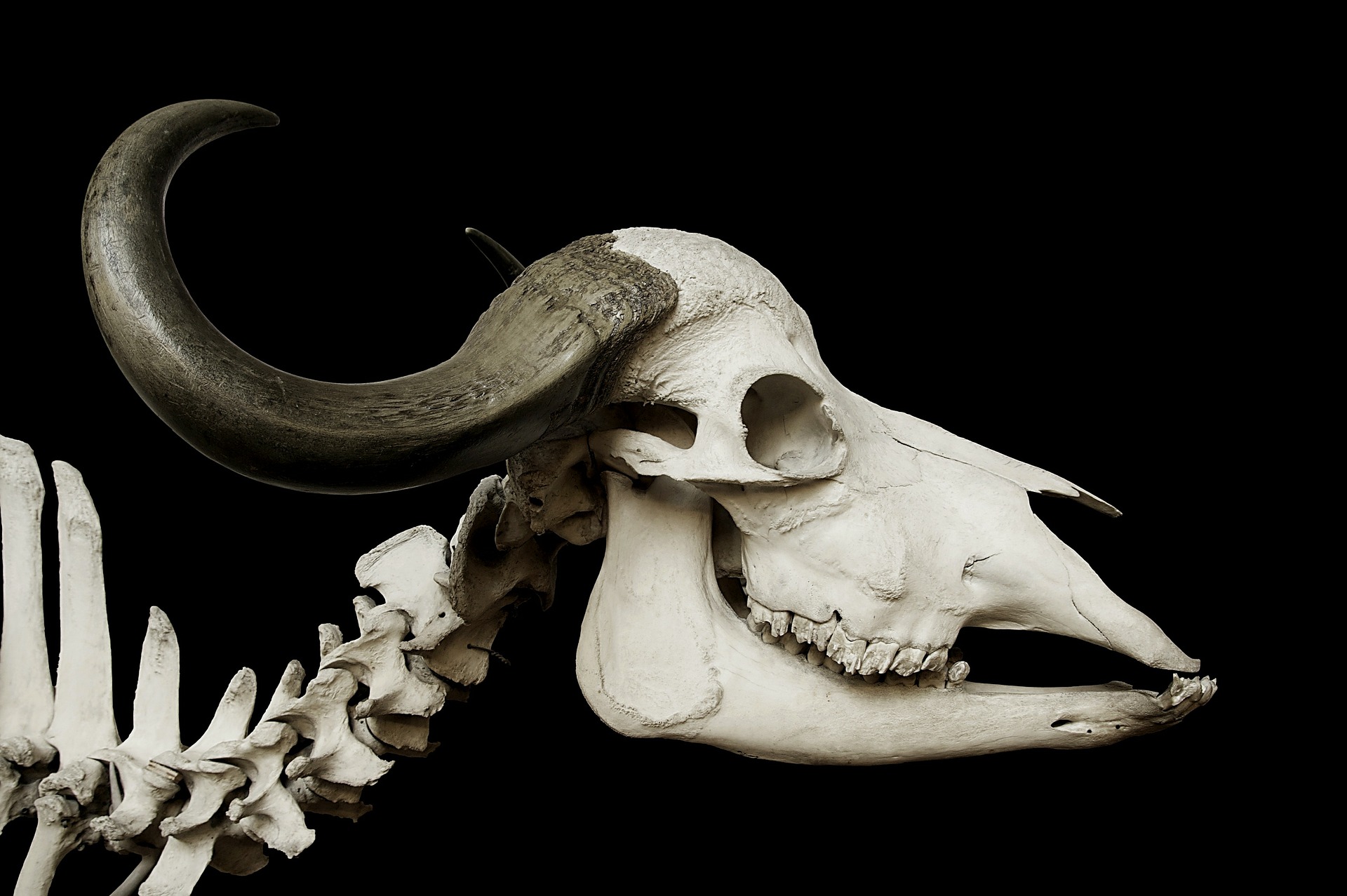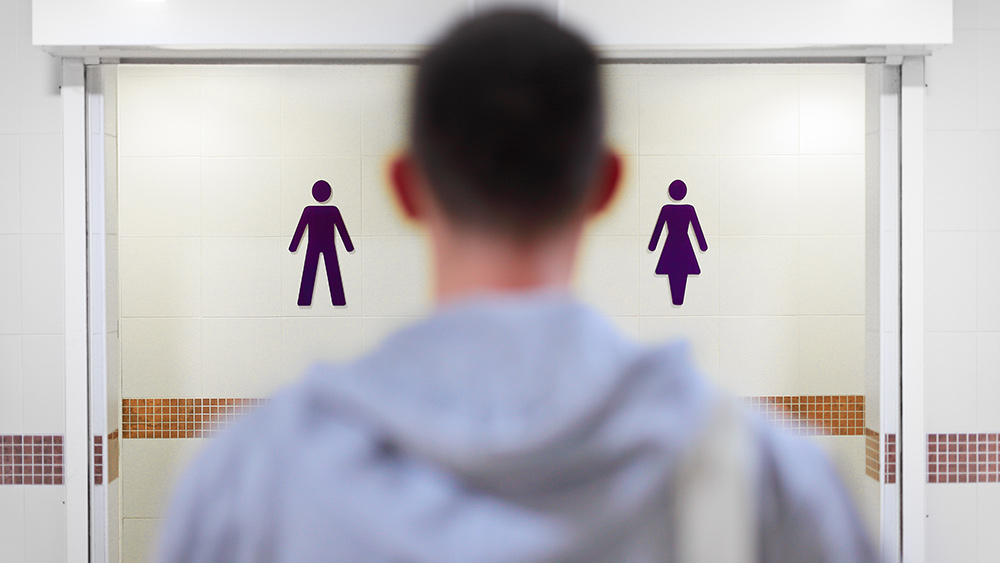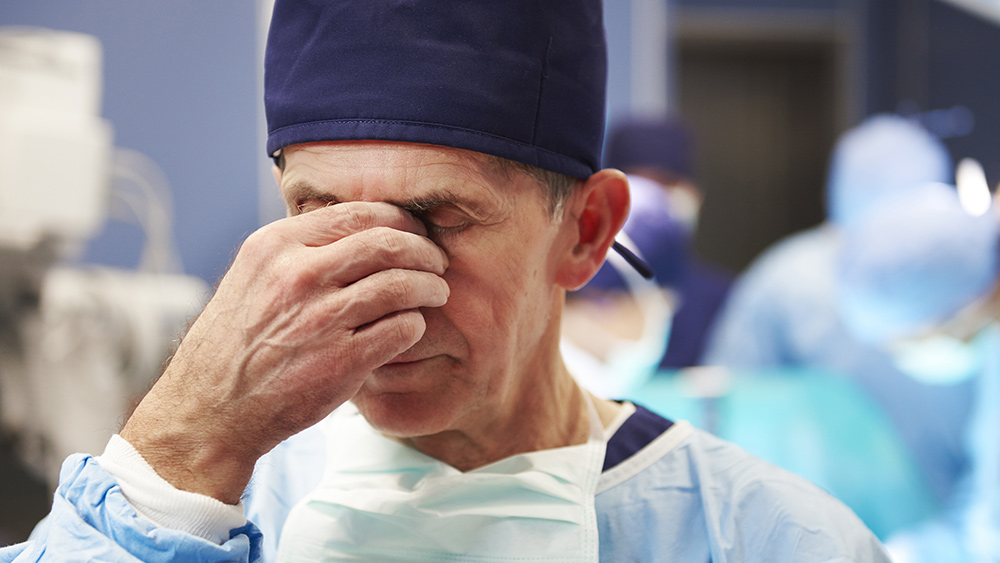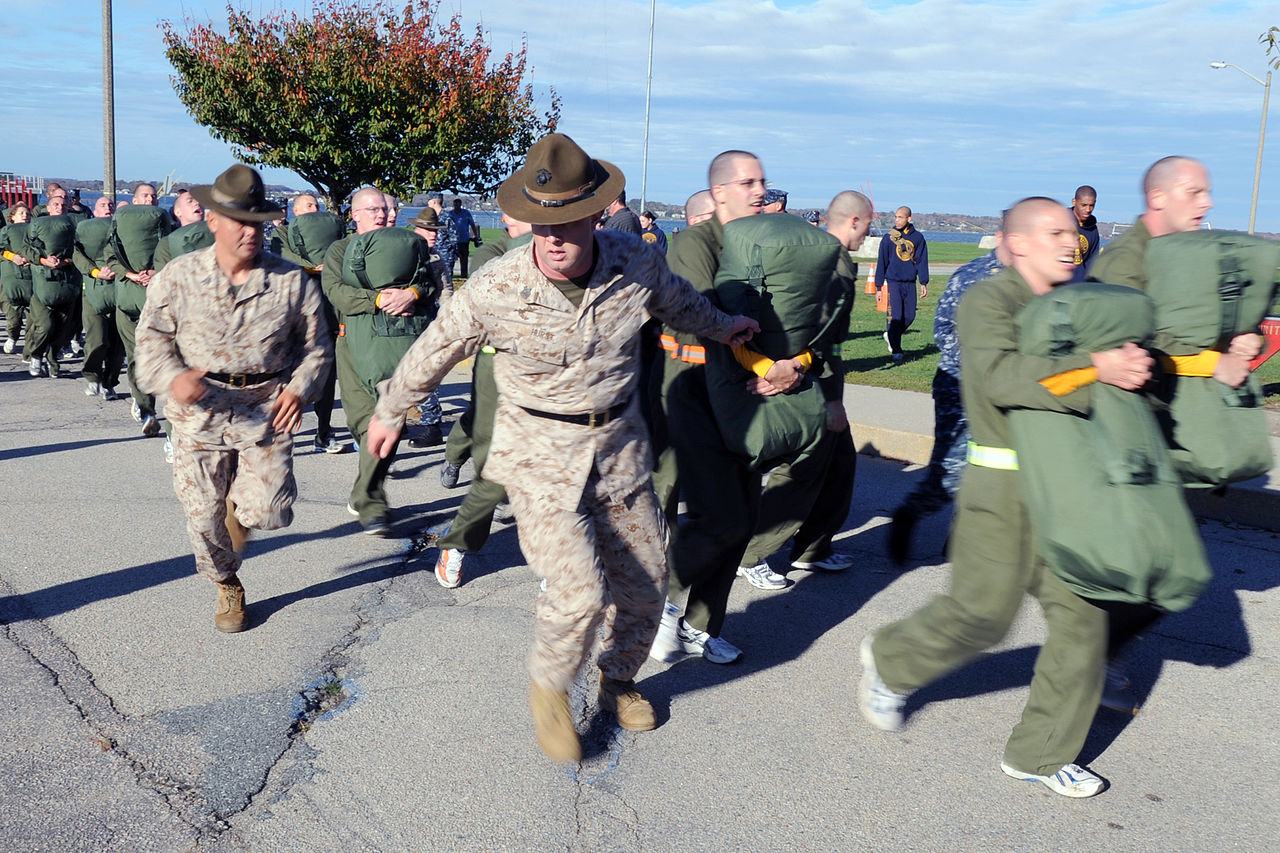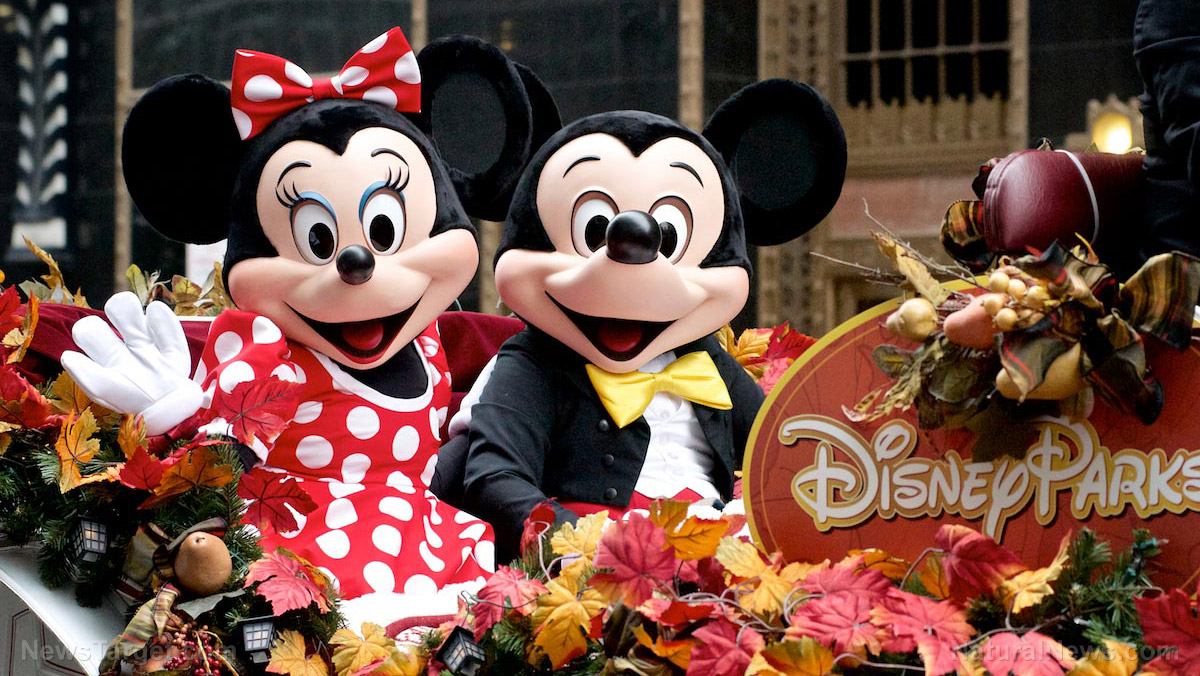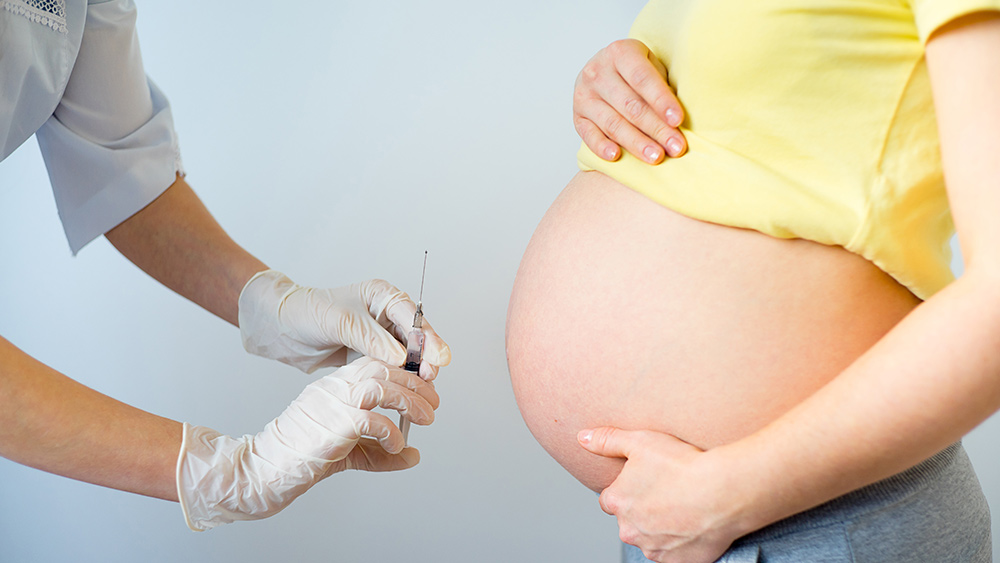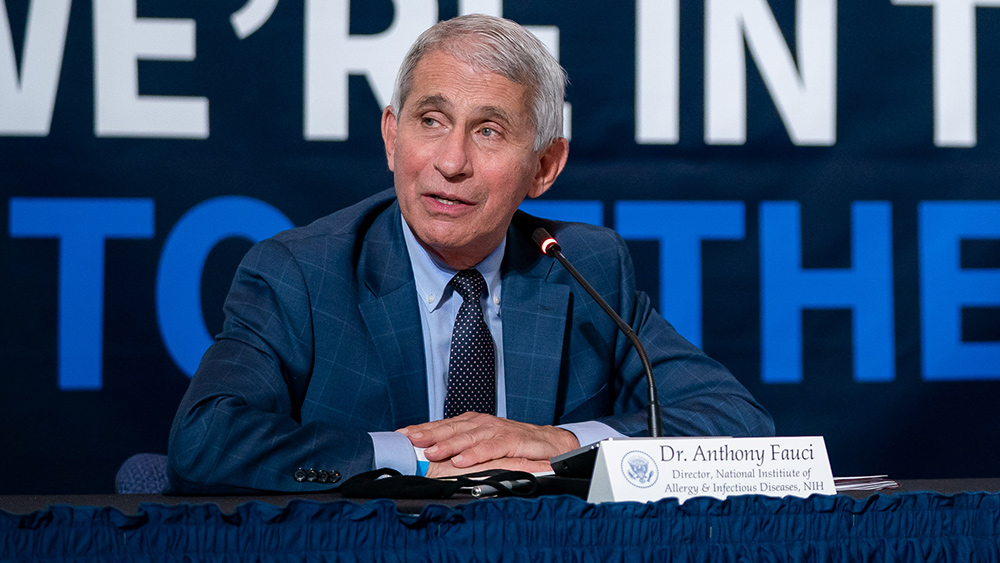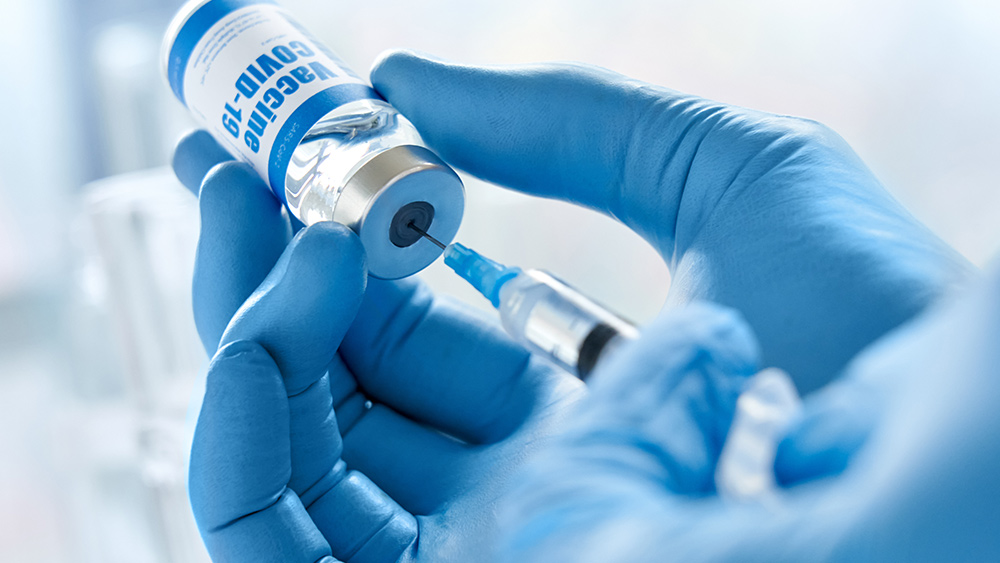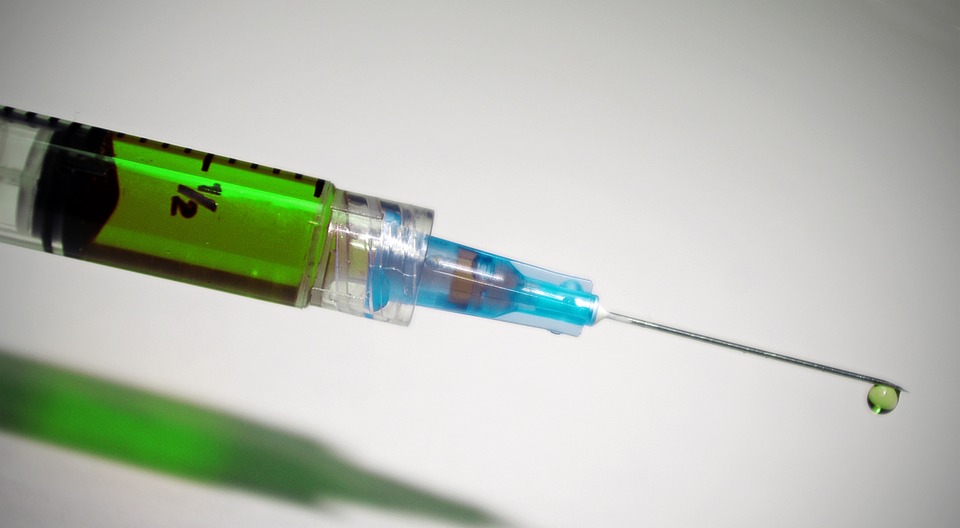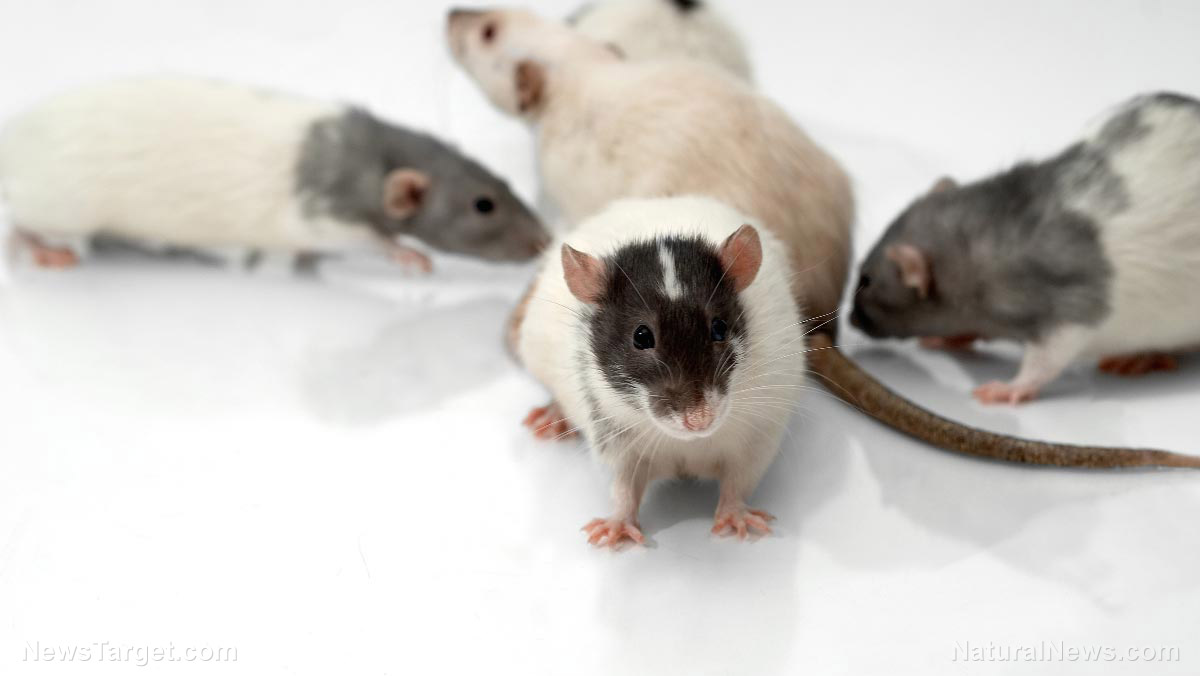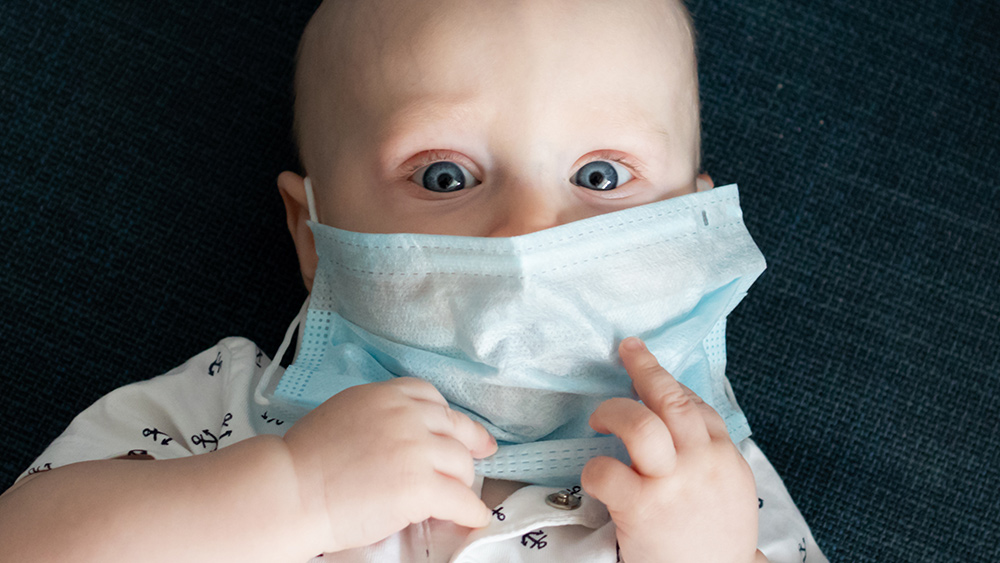Conventional treatment for heart disease does not work and is completely useless, argues a doctor
01/28/2016 / By Greg White

Big Pharma has a history of glamorizing the benefits of over the counter medications while undermining the risks. Consequently, many people are left with the false conviction that the medical care system has decreased, rather than increased, the likelihood of damage to a patient.
A pinnacle example of this is treatments used for heart disease, the leading cause of death in the United States. According to Charles McGee, MD, author of the book Heart Frauds:Uncovering the Biggest Health Scan in Medical History, conventional treatment for heart disease like coronary bypass surgery, balloon angioplasty, and cholesterol-lowering drugs do not work and are completely unnecessary. The following is a snippet from his book:
THE END OF MEDICINE
When heart problems strike, Americans usually find themselves under the care of a specialist. After a history and physical examination, the heart specialist can evaluate the patient further by ordering any number of sophisticated tests.
The EKG was developed in 1919. Then came tests for enzymes which pour into the blood when heart muscle cells die during a heart attack. Other tests the cardiologist can choose from are the treadmill stress test, echocardiogram, isotope scan, angiogram, PET scan, and the ultra-fast CT scan. When testing is completed a basic decision must be made between recommending a surgical procedure (bypass surgery or balloon angioplasty) or medical management.
HEART DEATH RATES ARE DOWN
Most Americans are not aware that death rates from coronary artery disease have fallen substantially in recent years. Yearly death rates for people known to have obstructions in all three of their main coronary arteries fell continually from about 11 to 2 percent between 1960 and 1985.

Most people would automatically connect the improvement in death rates with bypass surgery and balloon procedures, but there is no evidence for this conclusion. Experts give the credit to two factors: improvements individuals have made in their diets and lifestyles, and the medical management of heart attack victims in coronary care units of hospitals. The death rate had almost bottomed out before coronary bypass surgery and balloon procedures appeared on the scene.
CORONARY CARE UNITS
Cardiologists have good reason to be proud of the development of the coronary care unit, or CCU. However, as you will see, the CCU is one of the few bright spots in treatment of coronary artery disease.
HEARTFRAUDS
The coronary care unit is a separate department in a hospital where heart patients receive specialized care from highly trained personnel. When patients enter a coronary care unit (CCU) they are immediately attached to EKG machines that run 24 hours a day. Monitors are equipped with automatic alarms, and tracings are displayed at the nursing station. When a dangerous rhythm change occurs bells go off and lights flash. Every effort is made to convert the heart beat rhythm back to one that will support an adequate pumping action.
PACEMAKERS
If patients have rhythm problems that cause the heart to beat too fast or too slow, pacemakers can be installed. The pacemaker is a battery powered device that is surgically sewn under the skin of the upper chest. A wire from the pacemaker is threaded down a vein into the heart. Pacemakers monitor the heart’s rhythm. Different types of pacemakers can stimulate the heart to speed up or slow down as needed. They frequently can be life saving.
I remember a poor old fellow who attended the free clinic of my medical school when I was a student. Joe was a burned out alcoholic and street bum, the forerunner of homeless people of today. Periodically old Joe’s heart would skip about ten beats in a row. When this happened blood flow to this brain stopped and he would fall flat on his face.
When he showed up at the clinic his face was usually swollen, bleeding, and discolored. It was an easy task to diagnose his problem with an electrocardiogram, but there was noting that could be done for him in 1959. We treated his bruises and sent him back to his heating grate. If pacemakers had existed, Joe could have at least stayed on his feet while sober.
As wonderful as the invention has been, not all news about pacemakers has been good. A few years ago a kickback scheme was exposed. If a surgeon installed a certain number of one company’s pacemakers, a free trip for two to a tropical island was awarded as a prize. The result was that many people received pacemakers who didn’t need them. One study of pacemaker implantations in Philadelphia found that 20 percent were unnecessary, another 36 percent highly questionable.
A copy of McGee’s book can be ordered by clicking on this link.
Sources include:
(1) McGee, Charles. Heart Frauds: Uncovering the Biggest Health Scan in Medical History. Piccadilly Books, Ltd: Calorado Spring, CO. 2007.
Submit a correction >>
Tagged Under:
conventionalmedicine, coronarybypasssurgery, heart disease, Heartfrauds, mortality rates
This article may contain statements that reflect the opinion of the author





